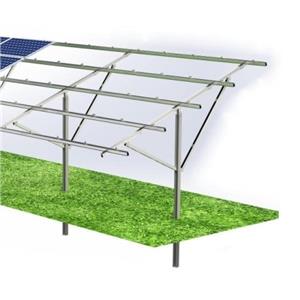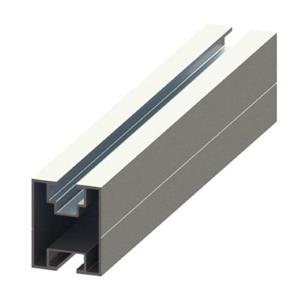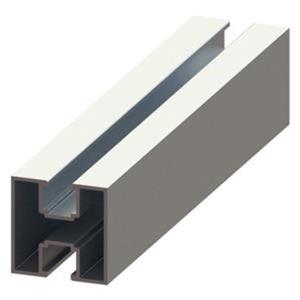Solar balconies are booming in Germany. Here’s what you need to know about the popular home tech
By Lottie Limb
Published on 21/04/2024
This new wave of solar producers aren’t just getting cheap electricity, they’re also participating in the energy transition.
More than 400,000 plug-in solar systems have been installed in Germany, most of them taking up a seamless spot on people’s balconies.
New data shows at least 50,000 of the PV devices were added in the first quarter of 2024 alone. A boom born from Germany’s “very strong solar culture”, in the words of one expert.
Solar balconies are a piece of the wider energy transition across Europe, explains Jan Osenberg, a policy advisor at the SolarPower Europe association.
“We see them as a subset of rooftop solar, but also as something different,” he tells Euronews Green. “We basically see it as a trend to use all possible artificial infrastructure for solar generation.”
Train tracks, motorways, carparks, car roofs, cemeteries and building facades… the list of structures getting a solar makeover goes on and on.
So why are other European countries slow on the balustrade uptake? And what do you need to know if you’re eyeing up a panel or two for your balcony?
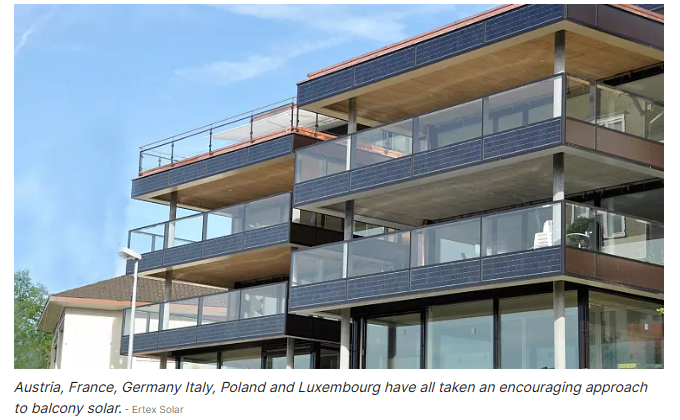
Solar balconies in brief: How they work
The main thing that differentiates solar balconies from rooftop solar is that they’re a much smaller system. Essentially, the tech consists of one or two panels plugged into an electricity socket.
They only produce around 10 per cent of the energy of residential rooftop systems, Osenberg says.
As a rough calculation, he estimates Germany has around 200 MW of installed balcony solar; compared to 16 GW capacity from the residential roof sector.
From a customer point of view, the main difference is that balcony PV is much easier to install. You can buy the kit online, and don’t need an electrician to set it up. Unlike for rooftop installations, where certified installers are recommended to avoid fire risks and damage to the structure.
In short: the panels are put on a mounting structure and attached via cables to an inverter that converts the electricity from DC to AC, which goes into your socket via a regular plug.
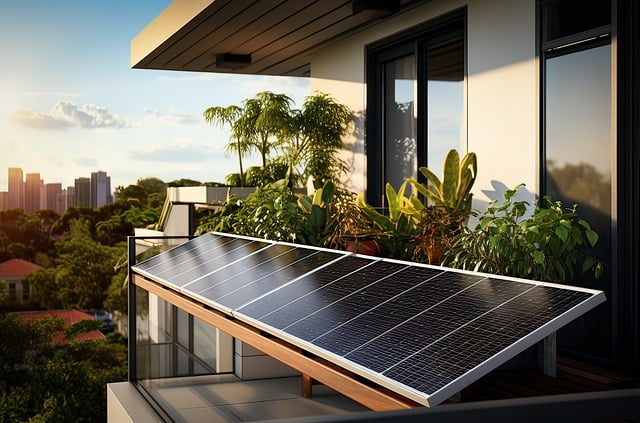
Who are solar balconies for?
“The main reason for the success of balcony solar systems is that it gives people the chance to use solar who weren’t able to use it before,” says a spokesperson for German manufacturer Meyer Burger.
“Most people don’t own a house, or they cannot install rooftop solar because of heritage protection, shading, or other constructional conditions of the roof. For them, balcony solar is appealing because they can use solar power to generate their own electricity and reduce their electric bills.”
Germany was one of the first countries to invest in solar technology, and now produces the most electricity from solar power in Europe. But - as elsewhere - apartment blocks have been late to the party.
“The multi-dwelling unit sector in rooftop solar has been really outside of the solar boom, [it] has been really neglected,” says Osenberg.
He attributes this to the challenges involved in getting all building owners to agree to rooftop solar, for example, and difficulties in sharing the electricity between different apartments.
“With balcony solar,” however, “it's suddenly very, very simple. All these people who were not able to get solar for the past 10 years now have a way to access it.”
This “wave” of new solar owners aren’t simply benefiting from cheap electricity, Osenberg says; they’re also empowered to take up their place in the energy transition.
“Rooftop solar really has this empowering momentum that people who start to have a solar system, they start to track their electricity consumption, they start to feel themselves as being someone who is a frontrunner in the energy transition, someone who supports the energy transition and is already a part of it” he says.

